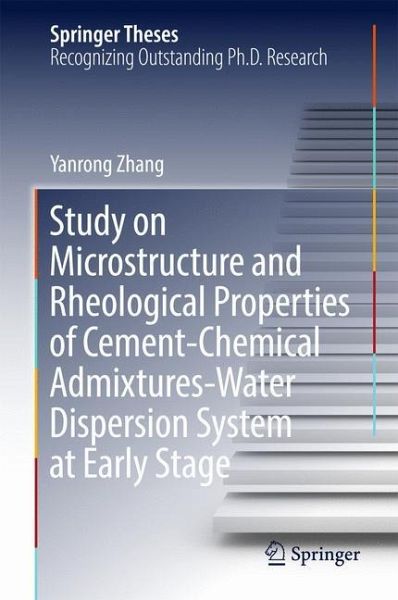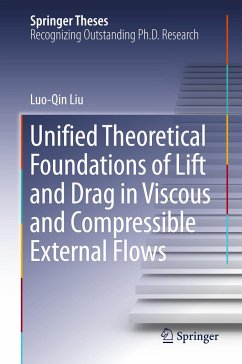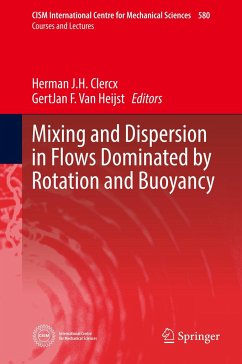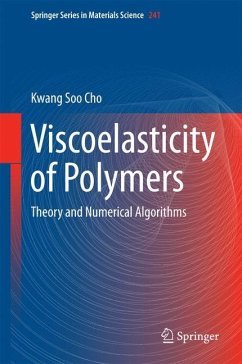
Study on Microstructure and Rheological Properties of Cement-Chemical Admixtures-Water Dispersion System at Early Stage
Versandkostenfrei!
Versandfertig in 6-10 Tagen
76,99 €
inkl. MwSt.
Weitere Ausgaben:

PAYBACK Punkte
38 °P sammeln!
This thesis studies the effects of superplasticizers, polyacrylate latexes and asphalt emulsions, which differ in molecular/particle size from nanometers to microns, on the rheological properties of fresh cement pastes (FCPs), as well as the action mechanisms involved. It systematically investigates the rheological properties and microstructure of cement-based materials, and elucidates the adsorption behaviors of polycarboxylate polymers with different functional groups and their effects on cement hydration. Moreover, it reveals how the working mechanism of naphthalene sulfonate formaldehyde (...
This thesis studies the effects of superplasticizers, polyacrylate latexes and asphalt emulsions, which differ in molecular/particle size from nanometers to microns, on the rheological properties of fresh cement pastes (FCPs), as well as the action mechanisms involved. It systematically investigates the rheological properties and microstructure of cement-based materials, and elucidates the adsorption behaviors of polycarboxylate polymers with different functional groups and their effects on cement hydration. Moreover, it reveals how the working mechanism of naphthalene sulfonate formaldehyde (NSF) differs from that of polycarboxylate ether-based (PCE) superplasticizers. Lastly, it develops a conceptual microstructure model and two rheological equations. These findings lend theoretical support to the development of new chemical admixtures and new, higher-performance, cement-based composites.












